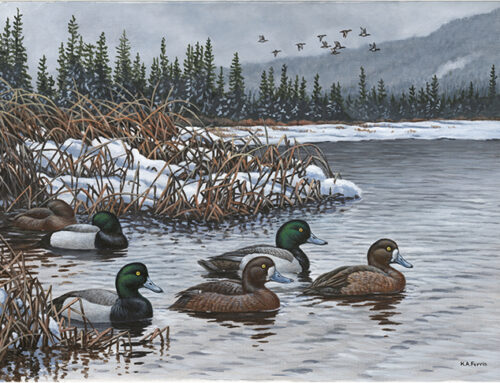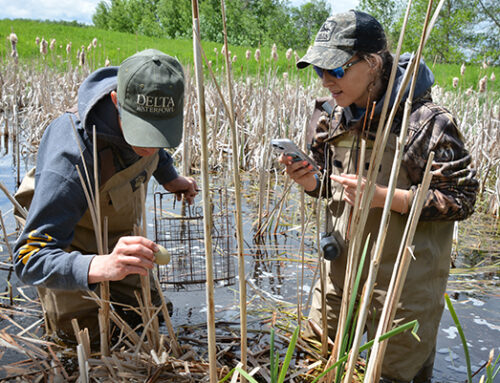Eastern Survey Area Reveals Mixed Results

For Atlantic Flyway waterfowlers, there’s no better barometer for the fall flight than the eastern survey area. Conducted jointly by the U.S. Fish and Wildlife Service and Canadian Wildlife Service since 1990, the eastern survey provides estimates for the six most abundant breeding ducks across the eastern United States and Canada.
 In 2016, all surveyed species increased, but this year’s results are mixed. The mallard index of 445,000 is a 7 percent increase and 11 percent above the long-term average. Green-winged teal rose 8 percent to an estimate of 239,000 ducks, but remain 6 percent below the long-term average. Goldeneyes jumped 10 percent to 401,000 birds, 7 percent below the long-term average, while mergansers increased 15 percent.
In 2016, all surveyed species increased, but this year’s results are mixed. The mallard index of 445,000 is a 7 percent increase and 11 percent above the long-term average. Green-winged teal rose 8 percent to an estimate of 239,000 ducks, but remain 6 percent below the long-term average. Goldeneyes jumped 10 percent to 401,000 birds, 7 percent below the long-term average, while mergansers increased 15 percent.
However, the black duck breeding population dipped to 541,000, which represents an 11 percent decrease from 2016 and puts the species at 12 percent below its long-term average. U.S. hunters will have a two-bird daily limit of black ducks this season for the first time in decades. This year’s breeding population estimate will help determine black duck regulations for the 2018-2019 season.
Ring-necked ducks declined 19 percent to 463,000, which is 11 percent below the long-term average. Just three years ago, ringnecks were the most common breeding duck in the East, but they now trail black ducks and mergansers.
“Water conditions were great in the eastern survey area, and mallards responded accordingly,” Rohwer said. “It’s surprising that black duck and ring-necked duck numbers are down, which will affect hunters in the Atlantic Flyway.”






Leave A Comment